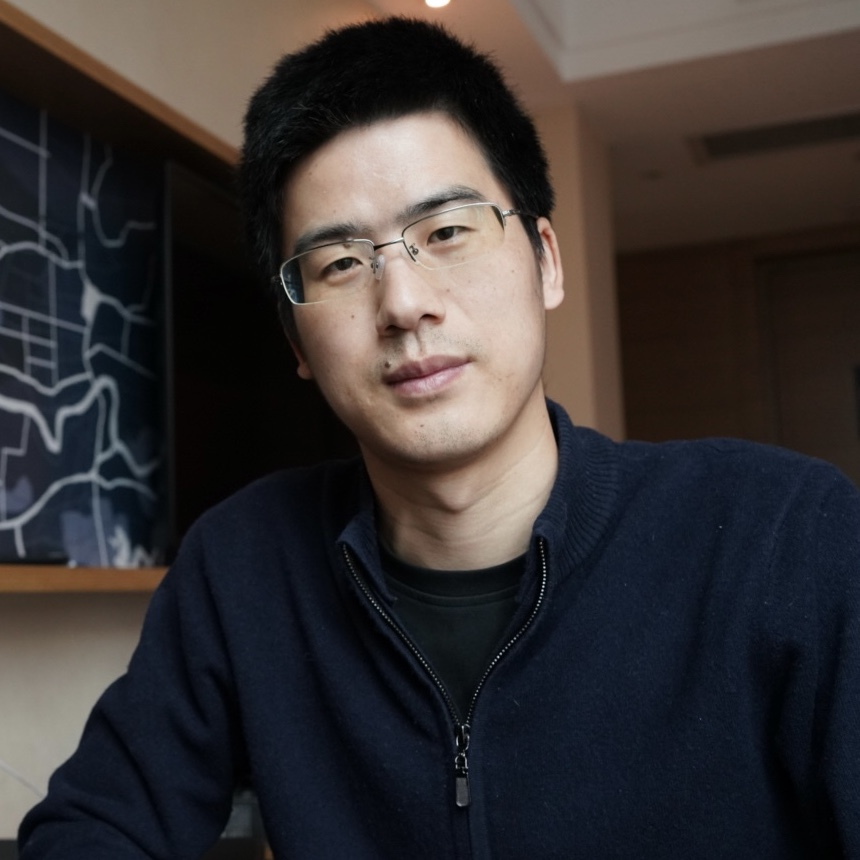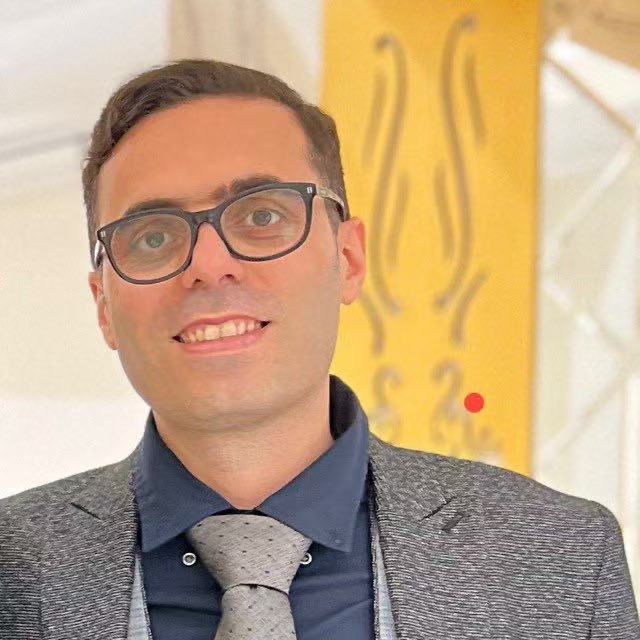Recent progress in 3D Visual Geometry has led to impressive reconstruction and generation results using purely feed-forward deep networks. However, much of this progress remains limited to geometric surface modeling or photorealistic novel view synthesis, often overlooking crucial physical attributes such as occluded geometry, physical stability, and dynamic motion. In this talk, I will present a series of work that go beyond visible geometry. I will introduce Amodal3R, which defines amodal 3D reconstruction from occluded 2D images, predicting complete 3D geometry and appearance when significant portions are hidden from views. Next, I will discuss DSO, which aligns 3D generative models with physics based simulation feedback, ensuring reconstruction are not just visually plausible but physically sound under gravity. To this end, I will introduce Geo4D, to explore how one can build high-quality 4D reconstruction networks starting form video generators pre-trained on millions of videos.
[1] Wu, T., Zheng, C., Guan, F., Vedaldi, A., & Cham, T. J, “Amodal3r: Amodal 3d reconstruction from occluded 2d images”. ICCV 2025.
[2] Li, R., Zheng, C., Rupprecht, C., & Vedaldi, A. “DSO: Aligning 3D Generators with Simulation Feedback for Physical Soundness”. ICCV 2025.
[3] Jiang, Z., Zheng, C., Laina, I., Larlus, D., & Vedaldi, A. Geo4d: Leveraging video generators for geometric 4d scene reconstruction. ICCV 2025.
Speaker Bio
Chuanxia Zheng is a Nanyang Assistant Professor at Nanyang Technological University (NTU), where he leads the physical vision group. Before joining NTU, he is a MSCA fellow in Visual Geometry Group (VGG) at the University of Oxford, working with Andrea Vedaldi on feed-forward photorealistic 3D and 4D reconstruction. He is also a DAAD Ainet Fellow of Germany, a National Research Foundation (NRF) fellow of Singapore. He received his Ph.D. degree from NTU.
His research focuses on Creative AI, with the goal of developing systems that can perceive, reconstruct and interact with the physical world. The broader goal is to create realistic digital twins of the physical natural world, capturing diverse physical properties, such as geometry, appearance, occlusion, motion, interaction, gravity, sound and more.
More Details
- When: Sep 26 (Friday) 2025, at 1-2pm (Brisbane time)
- Speaker: Chuanxia Zheng (Nanyang Assistant Professor at NTU)
- Host: Yujun Cai
- Zoom: https://uqz.zoom.us/j/89476202411

 AI-Driven Solutions in Individualised Medicine- From Multimodal Omics Data to Disease Diagnosis and Biomarker Discovery
AI-Driven Solutions in Individualised Medicine- From Multimodal Omics Data to Disease Diagnosis and Biomarker Discovery